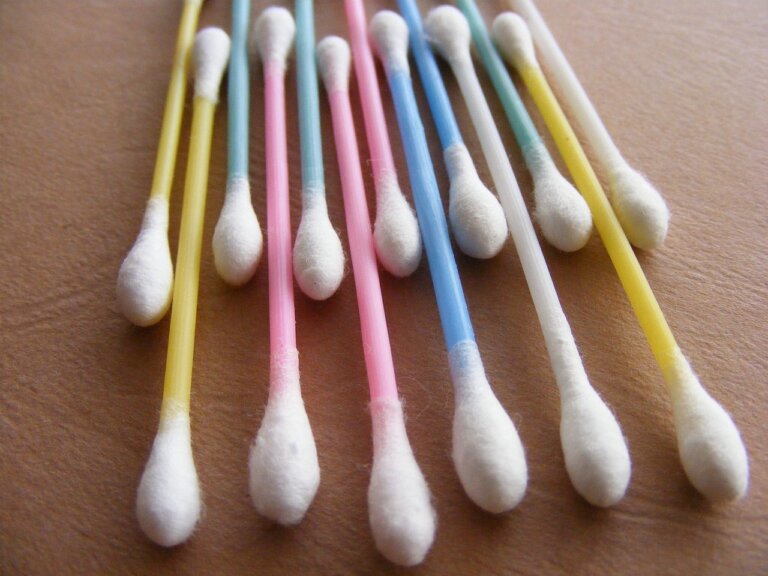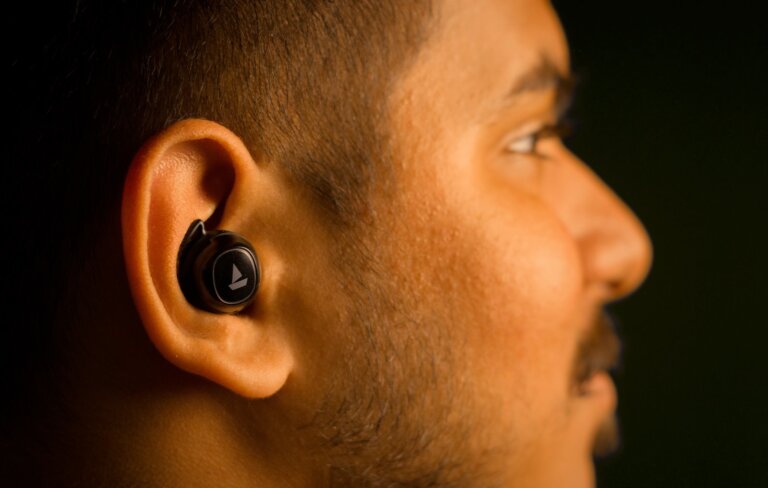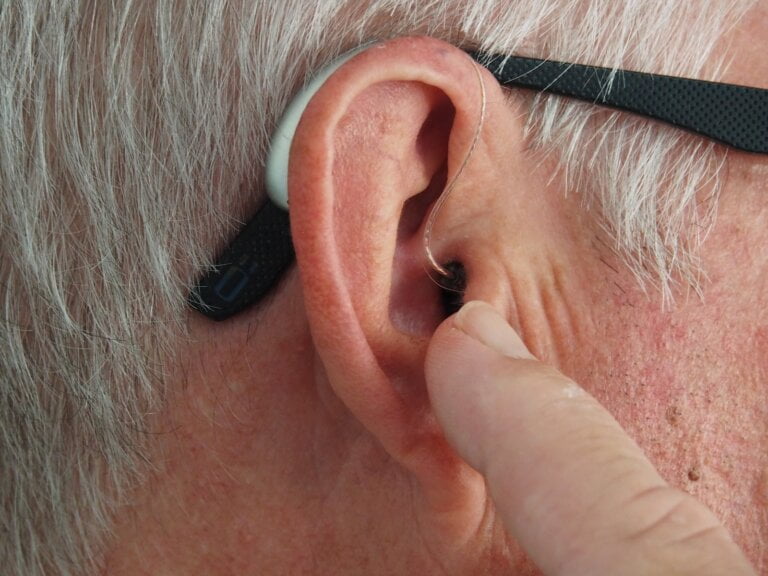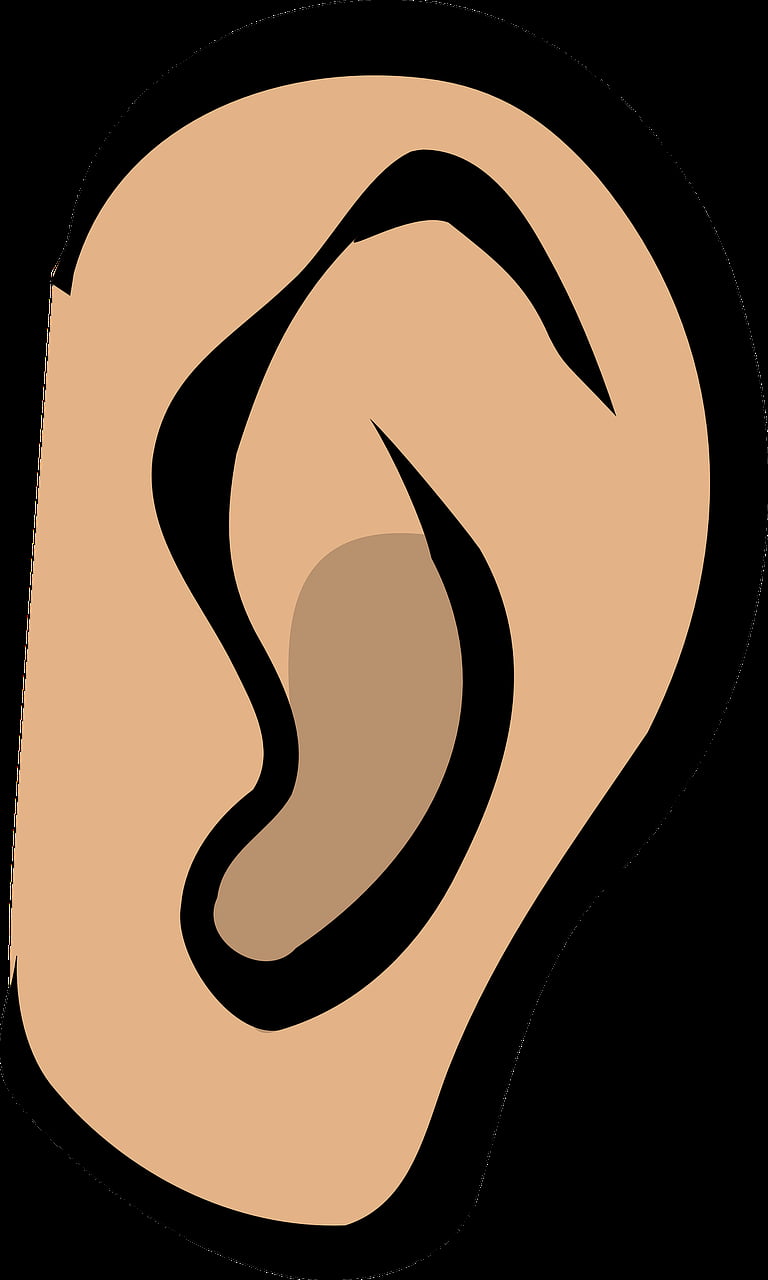First Steps in Ear Care Courses in Manual Instrument Ear Wax Removal
Ear care is an essential aspect of maintaining overall well-being. One crucial aspect of ear care is ensuring proper removal of excess ear wax. While there are various methods available for ear wax removal, manual instrument ear wax removal is considered one of the most effective techniques. In this article, we will explore the first steps involved in ear care courses that focus on manual instrument ear wax removal.
Importance of Ear Care
Before delving into the specifics of manual instrument ear wax removal, it is crucial to understand the significance of ear care. Our ears play a vital role in our daily lives, enabling us to communicate, hear sounds, and maintain balance. Neglecting ear care can lead to various issues such as ear infections, hearing loss, and discomfort. Therefore, regular ear care is essential to ensure the optimal functioning of our ears.
Proper ear care not only prevents discomfort but also helps in maintaining good hearing health. By keeping the ears clean and free from excess wax, we can reduce the risk of ear infections and related complications. Regular ear care also helps in preventing the accumulation of debris and foreign particles, which can lead to blockage and affect our hearing ability. Additionally, maintaining good ear hygiene can prevent the development of tinnitus, a condition characterized by a persistent ringing or buzzing sound in the ears.
Understanding Ear Wax
Ear wax, scientifically known as cerumen, is naturally produced by the body to protect the ear canal. It acts as a lubricant and helps in trapping dust, debris, and foreign particles, preventing them from reaching the eardrum. While ear wax is beneficial, an excess buildup can cause problems such as hearing impairment, earaches, and tinnitus.
It is important to understand that ear wax buildup is a common occurrence and can happen to anyone. Factors such as genetics, age, and the production of cerumen can contribute to the varying levels of ear wax accumulation. Some individuals may naturally produce more ear wax than others, leading to a higher likelihood of blockage and related symptoms.
In situations where the ear wax becomes impacted, it is necessary to seek professional help for its removal. Manual instrument ear wax removal is a safe and effective technique that is performed by trained professionals. By understanding the first steps involved in ear care courses focusing on manual instrument ear wax removal, individuals can gain the necessary knowledge and skills to provide optimal care.
Manual Instrument Ear Wax Removal
Manual instrument ear wax removal is a technique performed by trained professionals to safely and effectively remove excess ear wax. This method involves the use of specialized tools and instruments designed for ear wax removal. It is considered a highly precise and controlled method, ensuring minimal discomfort for the patient.
During manual instrument ear wax removal, the professional uses various tools such as curettes, forceps, and suction devices to carefully extract the excess ear wax. The procedure requires a thorough understanding of the anatomy of the ear and the correct usage of these instruments to prevent any damage to the delicate structures within the ear.
The First Steps in Ear Care Courses
- Understanding Ear Anatomy: The first step in ear care courses focusing on manual instrument ear wax removal is to gain a comprehensive understanding of the anatomy of the ear. This includes learning about the different parts of the ear, their functions, and the potential complications that may arise due to improper ear wax removal.
A thorough knowledge of ear anatomy is essential for performing manual instrument ear wax removal safely and effectively. It allows the professional to identify the specific areas where excess wax may accumulate and understand the potential risks associated with the procedure. By understanding the intricate structures of the ear, such as the ear canal, eardrum, and ossicles, the professional can ensure precise and controlled removal of the wax without causing any harm.
- Learning the Tools: Ear care courses provide in-depth knowledge about the various tools and instruments used in manual instrument ear wax removal. This includes understanding the purpose of each tool, its correct usage, and maintaining proper hygiene to prevent any risk of infection.
Professionals undertaking ear care courses learn about the different types of tools used in manual instrument ear wax removal. These tools include curettes, which are small scoops or loops designed to gently remove the ear wax, forceps for grasping and extracting the wax, and suction devices for clearing the ear canal. Understanding the purpose and correct usage of each tool is crucial to ensure safe and effective ear wax removal.
In addition to learning about the tools, professionals also gain knowledge about maintaining proper hygiene during the procedure. This includes techniques for sterilizing the instruments to prevent infections and following strict protocols for their storage and handling.
- Safety Measures: Safety is of paramount importance when performing manual instrument ear wax removal. Ear care courses emphasize the adherence to safety protocols, including the use of personal protective equipment, sterilization of instruments, and maintaining a clean and conducive environment for the procedure.
To ensure the safety of both the professional and the patient, ear care courses focus on teaching proper safety measures. Professionals are trained to wear personal protective equipment, such as gloves and masks, to minimize the risk of contamination and infection. They also learn the importance of maintaining a clean and sterile environment during the procedure.
Furthermore, professionals are educated on the significance of instrument sterilization. Proper sterilization techniques are taught, including the use of autoclaves or chemical disinfectants to eliminate any potential pathogens from the instruments. These safety measures help in preventing the spread of infections and ensure a safe environment for ear wax removal.
- Patient Assessment: Proper assessment of the patient’s ear condition is essential before proceeding with ear wax removal. Ear care courses teach students how to conduct thorough assessments, including checking for any contraindications, identifying the type and severity of ear wax buildup, and evaluating the patient’s overall ear health.
Before performing manual instrument ear wax removal, professionals need to assess the patient’s ear condition to determine the appropriate course of action. This assessment involves examining the ear canal, eardrum, and surrounding areas to identify any abnormalities or contraindications.
Professionals are trained to identify the type and severity of ear wax buildup, which can vary from a soft and easily removable wax to a hardened and impacted wax. The assessment also includes evaluating the patient’s overall ear health, taking into consideration any existing conditions or previous ear surgeries. This comprehensive evaluation helps professionals develop a personalized treatment plan and ensure the safety and effectiveness of the ear wax removal procedure.
- Techniques and Procedures: Once the assessment is complete, ear care courses delve into the various techniques and procedures involved in manual instrument ear wax removal. This includes learning how to insert and manipulate the tools safely, effectively removing the excess wax, and ensuring patient comfort throughout the process.
Ear care courses provide professionals with detailed instruction on the techniques and procedures used in manual instrument ear wax removal. They learn how to safely insert and manipulate the tools within the ear canal, ensuring precise and controlled movements to avoid any injury to the delicate structures.
Professionals are also trained in the art of effective wax removal. They learn the proper techniques to gently extract the excess wax without causing any damage or discomfort to the patient. Throughout the procedure, professionals prioritize patient comfort, ensuring that the process is as painless and stress-free as possible.
- Aftercare and Follow-up: Ear care courses also emphasize the significance of aftercare for patients who have undergone manual instrument ear wax removal. This includes providing appropriate advice on maintaining ear hygiene, recognizing potential complications, and scheduling follow-up appointments to monitor the patient’s ear health.
After the ear wax removal procedure, professionals educate patients on the importance of proper aftercare. They provide guidance on maintaining ear hygiene, which may include avoiding the use of cotton swabs, keeping the ears dry, and using prescribed ear drops if necessary.
Professionals also educate patients about the potential complications that may arise after the procedure, such as temporary dizziness or discomfort. By providing this information, professionals ensure that patients are well-informed and can recognize any abnormal symptoms that require further attention.
Follow-up appointments are scheduled to monitor the patient’s ear health and ensure that the ear wax removal procedure was successful. This allows professionals to address any concerns or issues that may arise and provide ongoing care and support to the patient.
Benefits of Learning Ear Care Courses
- Expertise: By enrolling in ear care courses, individuals can gain a comprehensive understanding of ear anatomy, wax removal techniques, and safety protocols. This expertise allows them to provide optimal care to patients seeking manual instrument ear wax removal.
Ear care courses provide individuals with a specialized knowledge base that equips them with the expertise required for manual instrument ear wax removal. Through in-depth study and practical training, professionals gain a thorough understanding of the anatomy of the ear, the various tools used in the procedure, and the safety measures necessary to ensure effective and safe ear wax removal.
With this expertise, professionals can confidently perform manual instrument ear wax removal, providing patients with high-quality care and minimizing the risk of complications. Their knowledge and skills allow them to adapt to different ear conditions and tailor the treatment plan accordingly, ensuring the best possible outcomes for their patients.
- Career Opportunities: Ear care courses open doors to various career opportunities in the healthcare field. Graduates can work in hospitals, audiology clinics, or even establish their own ear care clinics, providing specialized services to individuals in need.
By completing ear care courses, individuals can pursue a rewarding career in the healthcare industry. With the growing demand for ear care services, there is a need for skilled professionals who can perform manual instrument ear wax removal efficiently and safely.
Graduates of ear care courses have the opportunity to work in various healthcare settings, such as hospitals, audiology clinics, or specialized ear care centers. They can also explore entrepreneurial opportunities by establishing their own ear care clinics, offering specialized services to individuals seeking ear wax removal.
- Improved Patient Outcomes: Proper training in ear care courses ensures that patients receive safe and effective manual instrument ear wax removal. This leads to improved patient outcomes, including reduced discomfort, improved hearing, and decreased risk of complications.
The knowledge and skills gained through ear care courses directly impact patient outcomes. Professionals who have received proper training can perform manual instrument ear wax removal with precision, minimizing discomfort for the patient.
By removing excess ear wax effectively, professionals can improve the patient’s hearing ability, reducing the risk of hearing loss or impairment. Additionally, proper ear wax removal decreases the likelihood of complications such as ear infections or tinnitus, leading to overall improved patient outcomes.
In conclusion, ear care courses focusing on manual instrument ear wax removal offer valuable knowledge and skills in maintaining optimal ear health. By understanding the first steps involved in these courses, individuals can embark on a journey towards becoming proficient in this specialized field of ear care. With a thorough understanding of ear anatomy, proper usage of tools, adherence to safety protocols, and the ability to provide comprehensive aftercare, professionals trained in manual instrument ear wax removal can make a significant impact on the well-being of their patients. So why wait? Start your ear care journey today and make a difference in the lives of those in need.
Note: The complete article will be published online in markdown format.
FAQ
1. Why is ear care important?
Ear care is important for maintaining overall well-being and good hearing health. Neglecting ear care can lead to issues such as ear infections, hearing loss, and discomfort. Regular ear care helps prevent the accumulation of debris and foreign particles, reduces the risk of ear infections, and prevents the development of tinnitus.
2. What is manual instrument ear wax removal?
Manual instrument ear wax removal is a technique performed by trained professionals to safely and effectively remove excess ear wax. It involves the use of specialized tools and instruments designed for ear wax removal, such as curettes, forceps, and suction devices. This method ensures minimal discomfort for the patient and requires a thorough understanding of the anatomy of the ear.
3. What are the first steps involved in ear care courses focusing on manual instrument ear wax removal?
The first steps in ear care courses include:
- Understanding ear anatomy to identify areas where excess wax may accumulate and understand potential risks.
- Learning about the tools used in manual instrument ear wax removal and their correct usage.
- Adhering to safety measures, including personal protective equipment, instrument sterilization, and maintaining a clean environment.
- Conducting a thorough patient assessment to determine the appropriate treatment plan.
- Learning the techniques and procedures involved in safe and effective wax removal.
4. What are the benefits of learning ear care courses?
Learning ear care courses offers several benefits, including:
- Expertise in ear anatomy, wax removal techniques, and safety protocols, allowing professionals to provide optimal care.
- Career opportunities in hospitals, audiology clinics, or establishing their own ear care clinics.
- Improved patient outcomes, including reduced discomfort, improved hearing, and decreased risk of complications.







